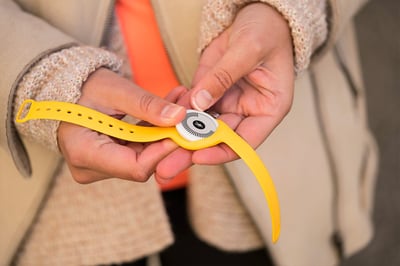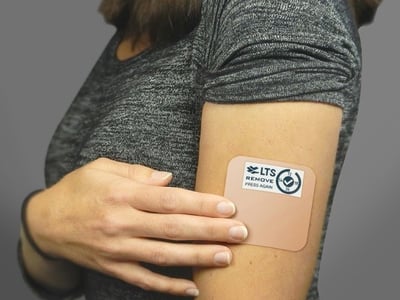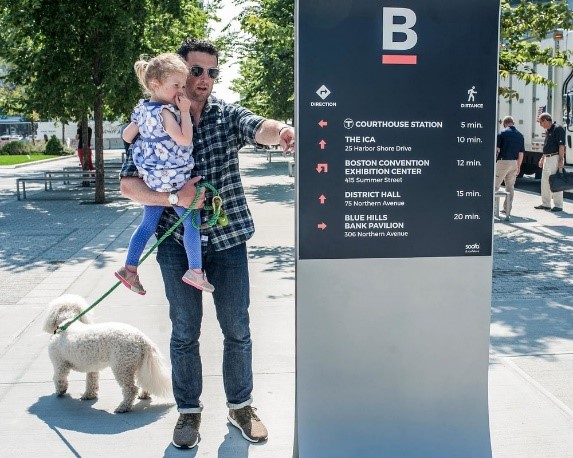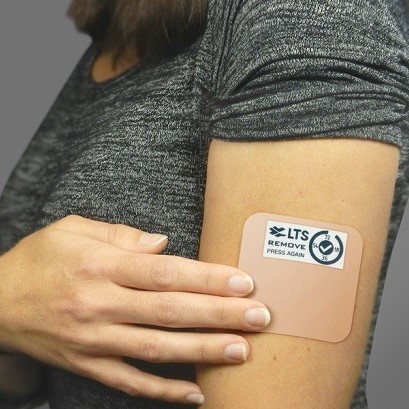
Smart watches use individual data to turn what was once a time-telling device into a personal data mine.
We live in an exciting time. We’re watching new technology change our world every day. Often referred to as the Internet of Things, IoT is the interconnectedness of technology that enables the world around us to become increasingly smart. Smart homes mean that we can control and monitor almost all aspects of our home with a single touch of a button or a simple voice command; smart cities give municipal leaders and organizers a bird’s eye view of traffic congestion, ways to enhance energy efficiency and improve public transit, to name a few.
Forecasts by Statista suggest that by 2030, there will be approximately 50 billion connected devices in use around the world – and from there, growth will continue exponentially. These individual intelligent connected devices are only the beginning. Once-disparate environments will merge to become what we like to call Smart Everything.
Before I dive into what a world of “Smart Everything” could look like, let’s examine what it means for a device or environment to be “smart.” Whether you refer to it as intelligent, connected or smart, it comes down to the exchange of information. Information real-time turns an average device into one that is trackable, providing intelligence and insights into previously untraceable processes. An example on a small scale: information is what turns a watch from a simple time-telling device into a data mine full of information like step count, average heart rate, sleep patterns or reminders to exercise. As a smart watch user, you can take and use that information by applying it to make changes that improve your function or performance. Intelligence starts with an exchange of information or data that is collected and manipulated to generate actionable knowledge.
Now and in a world of Smart Everything, there is a persistent need for a human-machine or human-device interface or even machine-machine interface – something that translates information from the device or environment to the people who will apply that information. Data information transfer creates real time knowledge: a richer, more valuable experience that people seek everywhere they look. There is and always will be a need to display a higher level of information on these devices.

A smart medical device patch uses digital paper to display medical information.
Because of this appetite for information exchange, all kinds of surfaces will be made smart, transforming how people work and live. From smart medical devices, to smart packaging, smart transportation, smart hospitals and smart textbooks to many other product areas. Eventually, we expect every product – and industry – to become smart. Environments will evolve to provide the right amount of information at the right time.
We’re excited for the potential for a world of Smart Everything at E Ink because we live and breathe displays and information exchange every day. Our technology is rooted in providing information in a manner that is sustainable, efficient, and intelligent – leveraging the nature of our technology to give you new and interesting and different form factors. Because it’s a low power display, it can be used in devices and in applications that were previously not possible: for example, a standalone waypoint in a city, once necessary to plug into the grid, can be installed with nothing more than a solar power panel and four bolts.

A waypoint sign uses digital paper to display directions in a neighborhood.
When the definition of display is expanded – released from its confines to a simple device or a sign pole – that’s when the possibilities are endless. In the future, any surface from walls, to floors, to cupboards or windows, can be a display. That is when we’ll truly see the reach of Smart Everything.


Leave Comment